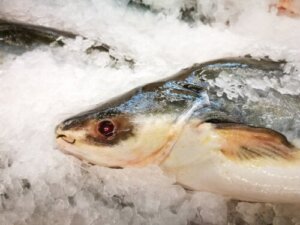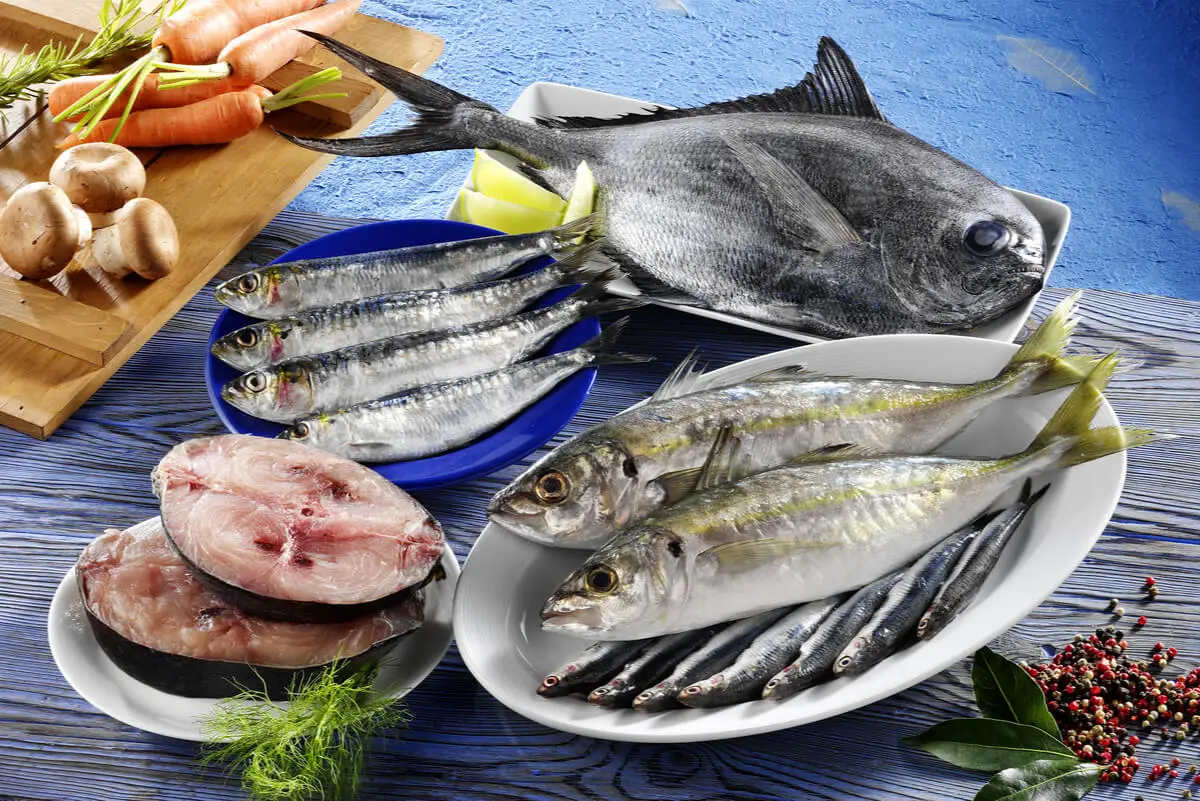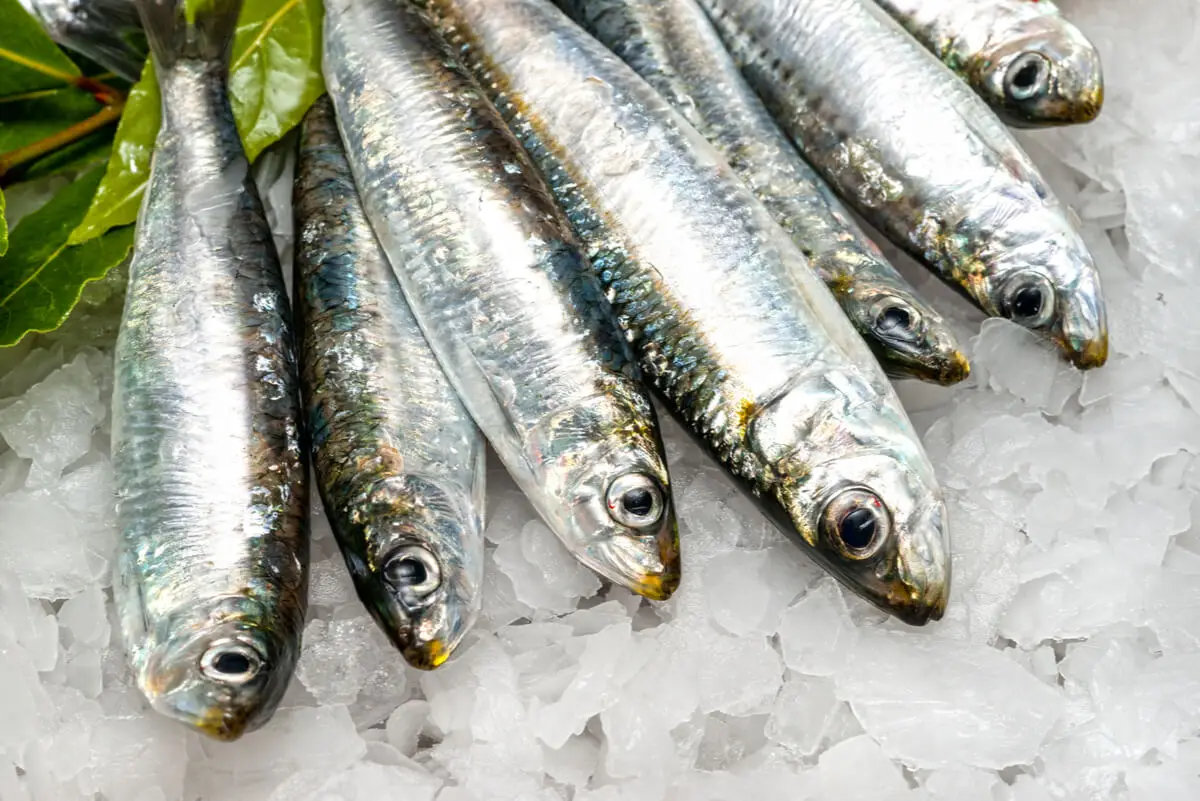Catfish: Nutrition, Benefits and Possible Risks


Written and verified by the nutritionist Saúl Sánchez Arias
Catfish are animals native to the rivers of China and Thailand that have spread throughout the world. As food, it doesn’t have a very positive nutritional value. In fact, many experts advise against its inclusion in the diet, although it’s frequently found in supermarkets and commercial chains.
Before starting, it should be noted that, apart from particular cases, the presence of fish in the diet is recommended to maintain good health. It’s a source of high biological value proteins and quality fats.
However, there are exceptions. Some varieties can contain heavy metals or other contaminants, which brings risks.
Nutritional value of catfish
Catfish are characterized by having 18% protein and only 3% fat. They have fewer omega-3 and omega-6 fatty acids when compared to other marine products.
It doesn’t contain many calories and so, at first, it would seem to be ideal to include in a diet with the aim of losing weight.

Risks of eating catfish
Among the risks derived from eating catfish, there is the presence of mercury. However, these fish can also carry several types of diseases caused by parasites.
They may also contain harmful bacteria to humans. Even with a correct cooking method, there can be no complete guarantee that it’s safe to eat. For this reason, many experts advise us not to eat them.
Most of the catfish on the market come from fish farms. In this case, the risks are more limited, as there are better medical and hygienic controls.
However, the nutritional profile of the fish will also be lower. When fed with feed, fish have a lower percentage of omega-3 fatty acids. These elements would be vital to reduce inflammation in the body and are recommended for our diet.
Read more: Masago: The Nutrients and Uses of Capelin Fish Roe
Benefits of catfish
Among the benefits of catfish consumption, we could highlight its high protein content and low calories. Due to both characteristics, it’s positive for inclusion in a weight-loss diet.
Protein intake itself is considered a determining factor in reducing the incidence of pathologies that affect lean mass, such as sarcopenia. Research published in BioMed Research International confirms this.
We could also talk about its low cost, but there are cheaper options that are a lot healthier. This is especially the case with seasonal fish, such as sardines in summer. These provide much higher quality fats that will help to keep inflammation levels under control.
Another option is salmon, which also has proteins of high biological value and has very low levels of heavy metals. In this case, we’re talking about a food with a high content of omega-3 fatty acids.

You may also be interested in: The Benefits of Bluefish
Catfish has low nutritional quality
Catfish has a rather low nutritional quality. There are risks associated with its consumption and there are many better options available to the consumer.
Most nutrition experts advise against the inclusion of this product in the diet, even if it’s bred in captivity. It’s cheap, but doesn’t provide abundant omega-3 fatty acids.
All cited sources were thoroughly reviewed by our team to ensure their quality, reliability, currency, and validity. The bibliography of this article was considered reliable and of academic or scientific accuracy.
- Yang, L., Zhang, Y., Wang, F., Luo, Z., Guo, S., & Strähle, U. (2020). Toxicity of mercury: Molecular evidence. Chemosphere, 245, 125586. https://doi.org/10.1016/j.chemosphere.2019.125586
- Calder P. C. (2017). Omega-3 fatty acids and inflammatory processes: from molecules to man. Biochemical Society transactions, 45(5), 1105–1115. https://doi.org/10.1042/BST20160474
- Martone, A. M., Marzetti, E., Calvani, R., Picca, A., Tosato, M., Santoro, L., Di Giorgio, A., Nesci, A., Sisto, A., Santoliquido, A., & Landi, F. (2017). Exercise and Protein Intake: A Synergistic Approach against Sarcopenia. BioMed research international, 2017, 2672435. https://doi.org/10.1155/2017/2672435
This text is provided for informational purposes only and does not replace consultation with a professional. If in doubt, consult your specialist.








